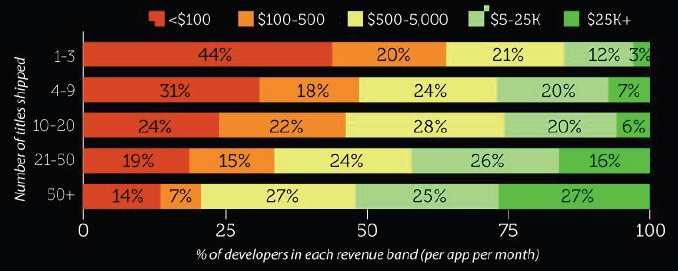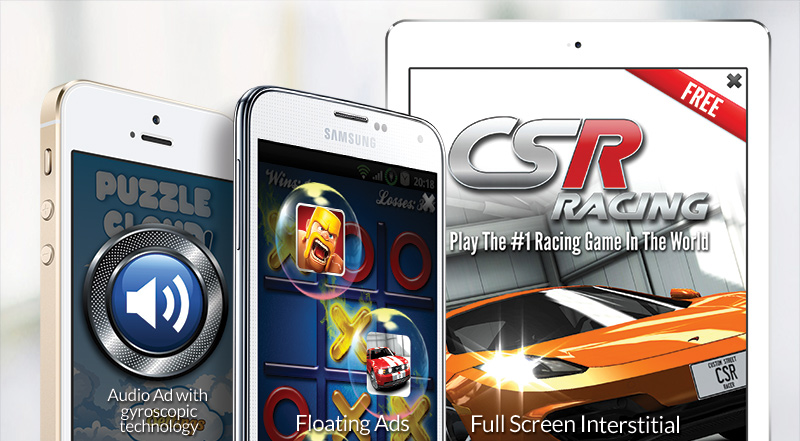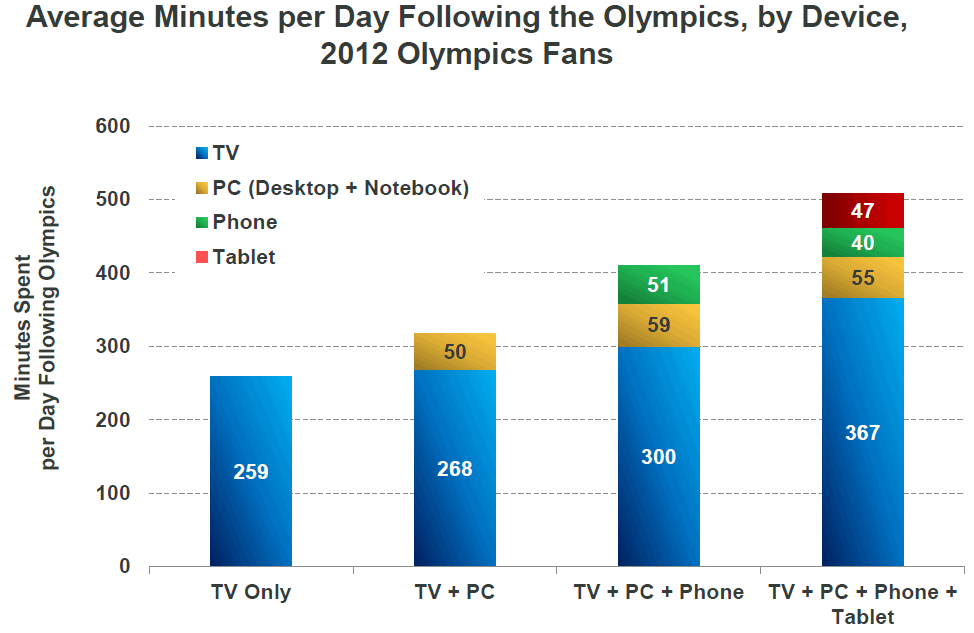How can you get over two thousand downloads in 2-3 days with a budget of less than $50? Does it sound too good to be true? Well, it does involve some work, but it may be closer in reach than you think. Puneet Yamparala has put together a great how to kit for achieving this through giving away something to the user (giveaways). Puneet was inspired to do this post after talking to a number of developers who had cool apps, and realizing his advice was the same each time. With his permission, we have re-posted the secret sauce here.
Complete Guide to Getting Thousands of App Downloads Using Giveaways
by Puneet Yamparala
Giveaways
Giveaways – usually refer to giving away some kind of a prize for people who complete a small task. This is a very effective way of getting a huge number of downloads when you are just starting out with a new app.
This strategy works really well during an app launch as it brings some additional traffic and downloads over and above the initial spike in downloads during 7 day honeymoon period of a new app. In this post we will look at the overall strategy and also look at some of the tactical details involved in implementing this strategy.
Giveaway Strategy to Getting App Downloads
The high level strategy involved here is that there are a huge number of people out there who like to participate in giveaways by completing small tasks for a chance to win something in return.
So this strategy involves taking advantage of such behavior to help us achieve our goals. There are multiple ways to use giveaways to get downloads and I have tested out a huge number of these different models over the last few years.
I have found that there is only one major download funnel which really works. We will take a look at this funnels in detail, but before we do that let us understand the structure of a giveaway and some of the pre-requisites for running a giveaway.
Pre-Requisites for a Giveaway
For a giveaway to be successful, you need to have the following:
- A prize and a picture of the prize
- Understanding of Laws related to a giveaway – MUST READ AFTER YOU READ THIS POST
- A Facebook page to run the giveaway
- An account on online-sweepstakes.com
- Facebook ads account
- App in the App Store or Google Play store
- Landing page for your app
Let us look at each pre-requisite item and what yo need to keep in mind while preparing each of these items.
Prize and Picture of Prize
When choosing a prize it is very very very (a few more verys) important to choose a prize which is relevant to your target demographic and related to your app idea.
In case you do not know your target demographic then make sure that you sign up with your email to receive free advice and updates, because the next blog post I am writing is about identifying your target demographic very accurately.
A few examples of correct demographic definition: “College educated women, in the age group 20-25 who like weddingwire, bridal designer etc.”; “Men who go to college in San Jose, in the age group 25-30″
A few examples of bad demographic definition: “Stay at home moms”; “women who read people magazine”. These are too broad and will lead to under optimum performance of your campaigns.

Once you know your target demographic, pick a prize which is just out of reach of most people but not too expensive. You can also choose low cost items from premium brands. A good way to do this might be to look at wish.com and see what kind of items people are wishing for and see if it is appropriate for your target demographic.
DO NOT giveaway something generic like iTunes gift card or Amazon gift card or something crazy like an iPad. You will attract all kinds of wrong people. I have previously used things like jewelry when targeting my demographic. Each cost me about $3. If you use low cost items the advantage is you can have more winners.
Understanding Giveaway Laws
The article I linked to earlier is a good primer to Giveaway Laws in United States and just use the templates which are provided at the bottom of this page to make sure that you do not get into trouble.
Small things like saying “Do xyz to win prize” Vs. “Do xyz for a chance to win the prize” can make a huge difference when it comes to giveaway laws.
Obviously I am not a lawyer so if you are concerned about complying with Giveaway/Lottery laws make sure that you speak with an attorney.
Facebook Page to Run a Giveaway
When I speak with app entrepreneurs during my 1:1 sessions, I usually ask them not to waste time with creating social media accounts and just focus on the things which give them the best bang for their buck.
But in this case you need a Facebook page. Facebook does not allow you to create effective ads if you are not linking them to your page.
Pro tip: Think about the right name for your page. If you plan to create lots of apps for the same target demographic then use a more generic page name instead of a name specific to your app. e.g. If you plan to have many apps for Zombie fans then your page should be more generic name “Zombies R Coming” or something on those lines, instead of “Zombie Tower Defense App” which is very specific to the app.
Online-Sweepstakes.com Account
We need this for promoting the giveaway, so that you can implement your plan for getting app downloads. Just go ahead and create the free account.
Facebook Ads Account
If you have run FB ads earlier then we are good to go, if you haven’t run any ads earlier then just go to https://www.facebook.com/advertising and make sure that you are allowed to create ads.
If you do not know how to create Facebook ads then I suggest you sign up here to receive free advice and updates. I plan to write a blog post on getting started with FB ads soon.

App in the App Store or Google Play Store
This strategy works best for apps which are already live. You can use this strategy to create a list of people who might be interested in your app, but I just prefer to avoid the extra step and have people directly download the app.
Landing Page for your App
For creating an effective landing page for your app it is VERY important that you use WordPress to create your landing page.
Unfortunately the whole process around setting up a WordPress site, getting hosting etc. are out of the scope of this post.
So once you have your WordPress installed and ready, create a landing page for your mobile app. You can find a good theme on themeforest.net.
This next step is important – get the free plugin social share. This plugin is essential to increasing virality and making sure that you get the best results for your campaign.
To see how this plugin works, just scroll to the bottom of this post (if you are not reading this on App Entrepreneurs Association, just got to http://appentrepreneursassociation.com and search for this post). I have locked the templates which can be used for your giveaways behind this plugin.
In your case, you need to add this plugin’s locked content to the bottom of your landing page, after the main calls to action to download your app. The message which needs to be added for the best results is available as part of the templates below.

Structure of a Giveaway
The giveaway you are going to run will basically consist of you offering people a chance to win a prize in return for them Liking your Facebook page post and adding a comment to that post.
Note that you are NOT asking people to download your app for a chance to win the giveaway. That can get you in trouble as per the laws around Giveaways. You want to keep the qualification criteria for giveaway as easy as possible.
So How Do You Get Downloads? – This is why knowing your target demographic is so important. If your app is really meant for the target demographic you are going after, they should download your app based on what you have on the landing page. The aim of the giveaway is to EXPOSE as many people as possible to your app via the landing page, NOT to force them to download your app.
All this will become more clear once you look at the exact funnel which needs to be setup for getting app downloads from giveaway campaigns.
The Download Funnels For Giveaway Campaigns
The Giveaway App Download Campaign Funnel consists of the following stages which a potential user goes through:
- Target Demographic (TD) not aware of your app or giveaway
- TD participates in your giveaway
- TD exposed to your app
- TD downloads your app
- TD promotes your app landing page
YOUR GOAL: to have as many as possible members of the TD go from 1 to go on to do either 3 (1) or 3 (2). Let us look at each of these stages what you need to do to make each stage effective.
Stage 1: Target Demo not aware of your app or giveaway
This refers the general public or potential users in your target demographic who have never heard of you or your app. Our job is to have our giveaway and the app exposed to as many people as possible who belong to the TD.
Here are the steps involved in doing that:
- Create a Facebook post on your FB page for the giveaway. The exact template for this is provided in the templates section at the bottom of this post (go to appentrepreneursassociation.com if you are not reading it there)
- Promote your giveaway on online-sweepstakes.com for free. Post your giveaway early in the morning for best results.
- Create Facebook ads for the giveaway post (exact template provided)
- (optional) promote your giveaway on GiveawayPromote
By doing these steps you are making sure that a huge number of people are exposed to your giveaway to jump start your giveaway campaign.
Stage 2: Target Demographic participates in your giveaway
The people who are exposed to your giveaway now need to be encouraged to participate in your giveaway. Here are the steps to do that:
- Make sure you use an attractive image and the prize is selected carefully
- Instead of doing just one winner, have 3 or 5 winners.
- Do a daily giveaway instead of a one time giveaway
To participate in the giveaway you will ask the TD to complete these two steps.
First, “”Like” this post” i.e. we ask users to like the FB post where they are reading this, and
Second “Comment and let us know what you think about our new app —> <link to Landing page>“.
By doing this you make sure that your FB post gets some good exposure so that you get more participants, but you also indirectly force the users to checkout your landing page and try to understand what your app is about.
Stage 3: Target Demo exposed to your app
Once a potential user has reached this stage you are very close to getting a download. So it is very very important that you have a good landing page.
You will basically have two kinds of people here. The people who are interested in your app and the second who are not interested in your app and are probably here for only the giveaway.
For the first type of people, your landing page copy needs to impress them enough to encourage them to download your app. If you have done everything right and you fail on this last step then everything you have done so far will basically be useless.
For the second type of people, you have another giveaway below your app download call to actions which is locked behind your “Share to Unlock” feature. This way you make sure that every potential user who comes to your landing page helps you in some way.
Conclusion
In my experience giveaway campaigns are very effective for getting app downloads. You just need to make sure that you implement each step in the right manner in order to be successful. As promised, the exact templates for implementing this strategy are given below.
Templates for Running Your Giveaway for Getting App Downloads (see bottom of page)
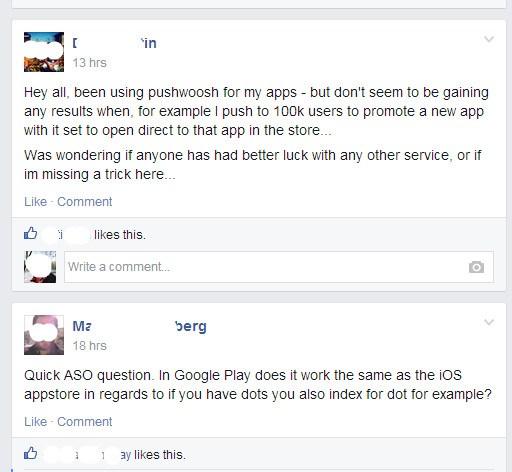
 Puneet is the owner of the largest online app entrepreneurs group. He currently works as a Mobile Product Manager and shares his knowledge around creating apps that solve a problem, inbound marketing to get app downloads, Facebook Ads, Creating apps to be funded by venture capitalists. He currently has 6 apps in the iTunes and Android app stores which he has been personally involved with.
Puneet is the owner of the largest online app entrepreneurs group. He currently works as a Mobile Product Manager and shares his knowledge around creating apps that solve a problem, inbound marketing to get app downloads, Facebook Ads, Creating apps to be funded by venture capitalists. He currently has 6 apps in the iTunes and Android app stores which he has been personally involved with.





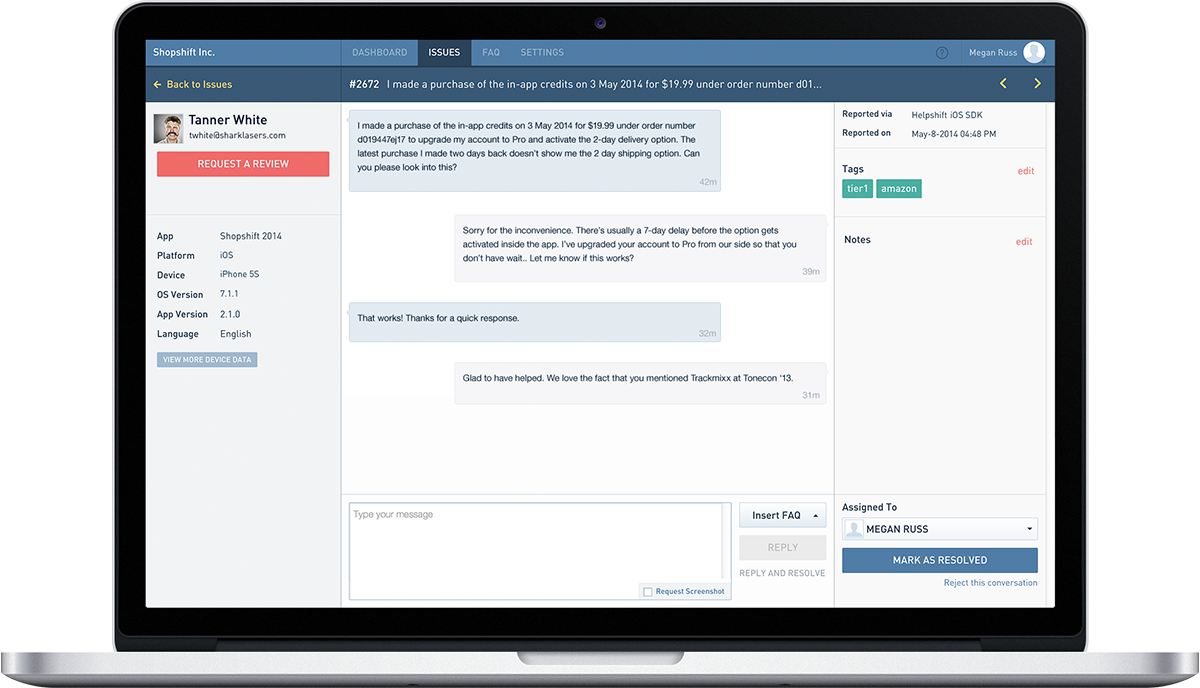
 Mintz is the Head of Onboarding at Helpshift, an in-app support solution for mobile apps. Helpshift provides a native user engagement experience for thousands of apps and processes 3 billion App Sessions every month. Helpshift’s
Mintz is the Head of Onboarding at Helpshift, an in-app support solution for mobile apps. Helpshift provides a native user engagement experience for thousands of apps and processes 3 billion App Sessions every month. Helpshift’s 




